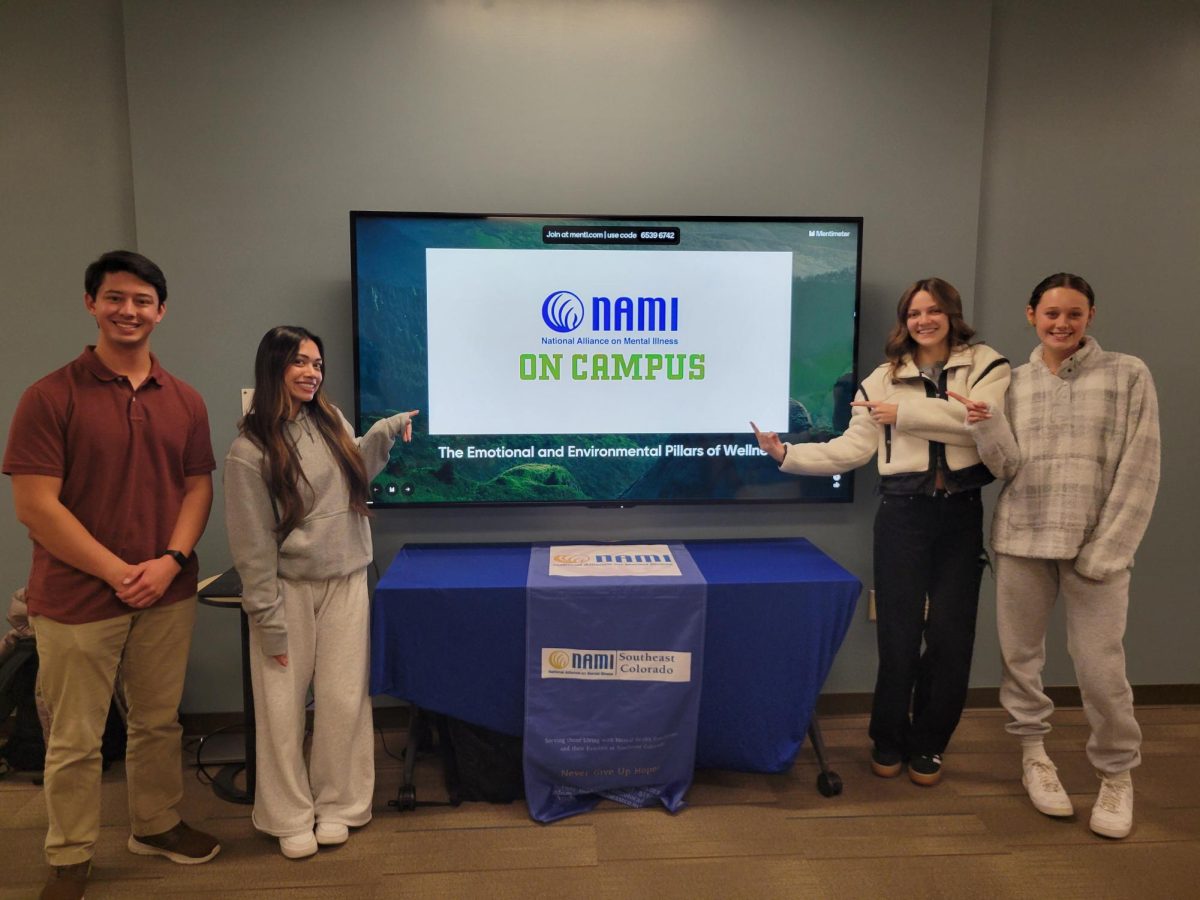
A new program called the summit will change the student organization funding and regulate the money distributed to student organizations on campus.
The first student organization summit was held the second week of classes this fall semester, and more than 40 student organizations were represented by more than 75 students.
The summit is held in a four-hour session at the start of each semester, and is followed by one-hour training sessions once a month for the duration of the semester.
During the summit, students are expected to participate in various workshops covering the importance of programming, fundraising, SOF and OrgSync.
Students are also expected to network during training sessions to assist in the merging of activities on campus and partnering in events to draw more of their peers.
The next mandatory student organization training will be held on Oct. 9 from 6-7 p.m. At least one representative from each active organization is required to attend the training.
The SOF grant program will remain the same. The only change is that SOF is now in communication with the summit program.
Organizations will now be classified by one of three levels: gold, silver, and bronze.
A gold level organization receives 100 percent of the SOF grant, up to 50 free black and white prints or 25 color prints for each campus event and first preference on concession fundraising dates.
A silver level organization receives 75 percent of the SOF grant, up to 25 black and white prints of 10 color prints for each campus event and second preference on concession fundraising dates.
A bronze level organization receives 50 percent of the SOF grant and third preference on concession fundraising dates.
All active student organizations will begin at gold level. An organizations compliance with the summit directly affects the percentage of the SOF grant that the organization will receive.
The summit and SOF committee are hoping to offer leadership development and increased engagement for student leaders, better utilization of student organizations financial and personnel resources, improved communication among student organizations and provided opportunities for students to network with a diverse group of peers on a regular basis.
One student who is involved in an on-campus organization thinks allocating the funds is a well-thought-out idea.
“This is a good way to give out the money, because it shows which organizations are actually willing to work to earn the money, so that the events they produce are actually effective because they’ve gone through this training,” said Daniel Wood, a senior mathematics major.
In addition, student organizations account for many student involvement opportunities on the Colorado State University- Pueblo campus.
“All students should join at least one student organization during their time on campus,” said Patty Witkowsky, director of student engagement and leadership at CSU-Pueblo.
“Student organization involvement provides students with the opportunity to develop leadership skills, get to know other students with similar interests, meet faculty and staff who can assist with their future needs and have fun,” Witkowsky said.







